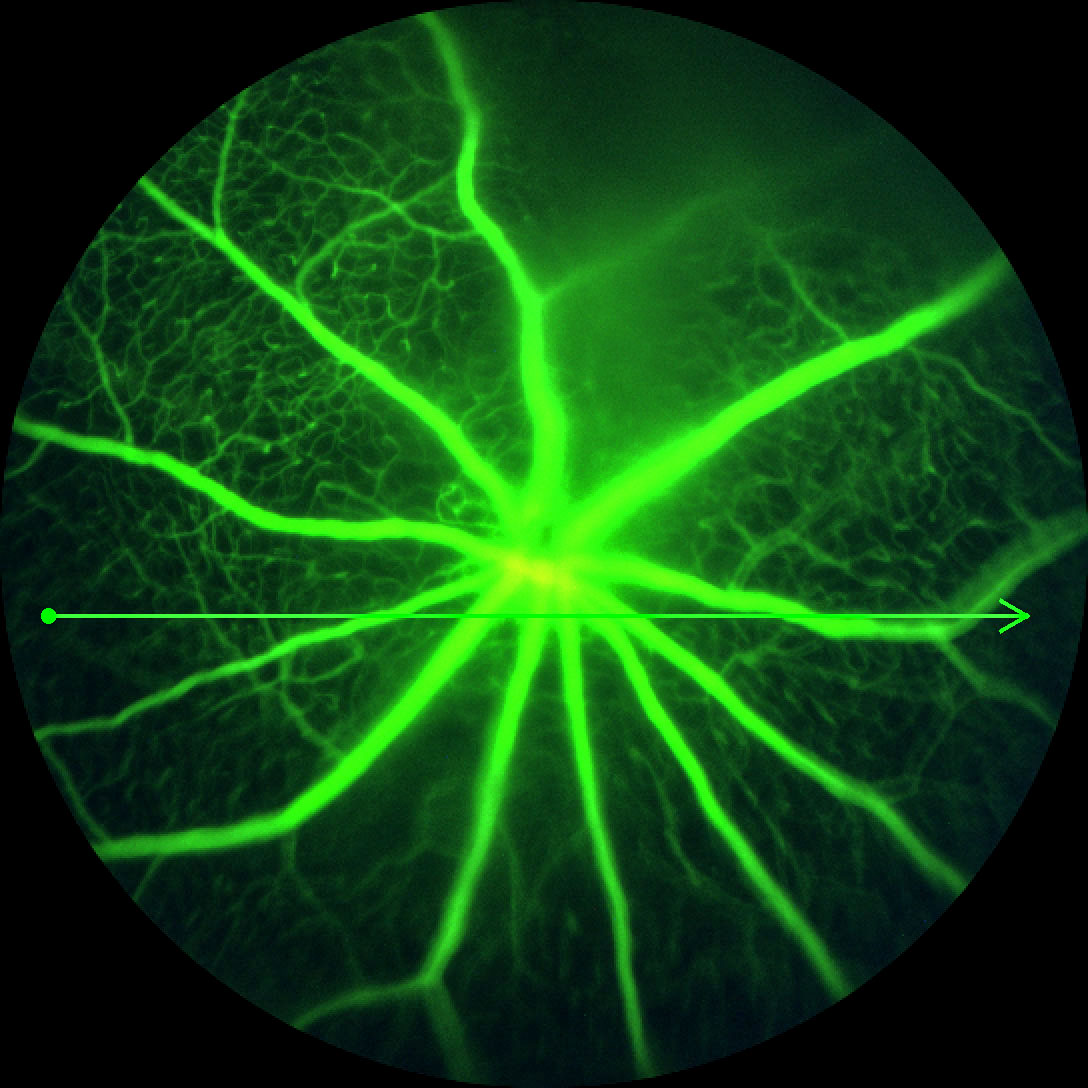
Key Takeaways
- A total of 361 publications were collected in FY-24. These publications include peer-reviewed scientific studies or other literature such as books and patents published recently or years prior. More than 80% of the publications collected in FY-24 were from research sponsored by NASA and JAXA.
- In FY-24, the predominant area of study for publications was Earth and Space science. The results obtained were primarily generated via Derived Results, studies that retrieve open data from online sources to make new discoveries. These Derived publications indicate a 39% return on investment.
- A total of 4,438 publications have been gathered since the beginning of station, and about 16% of this literature has been published in top-tier journals.
- The year-over-year growth of top-tier publications has been greater than the growth of regular publications. In 13 years, there was a 22% growth of top-tier publications and a 0.47% growth of regular publications.
- Almost 80% of top-tier results have been published in the past seven years.
- Station research continues to surpass national and global standards of citation impact.
- This year, a simplified hierarchy map showing the nested categories of station disciplines, subdisciplines, and selected keywords is presented to represent the more than 15,000 topic key words generated by the studies.
- Station research has seen a remarkable growth of international collaboration since its first days of assembly in 1999. Currently, about 40% of the research produced by station is the result of a collaboration between two or more countries.
- To date, the United States has participated in 23% of international collaborations.
- Of the nearly 4,000 investigations operated on station since Expedition 0, approximately 59% are identified as completed. From this subset of completed investigations, studies directly conducted on station rather than Derived Results have produced the most scientific results. This pattern differs from analyses conducted with all publication data.
Introduction
The International Space Station is a state-of-the art laboratory in low Earth orbit. Since the year 2000, distinguished researchers from a myriad of disciplines around the world have been sending equipment and investigations to station to learn how space-related variables affect the human body, plant and microbial life, physical processes, equipment function, and more. Sophisticated remote sensing techniques and telescopes attached to station also observe the Earth and the universe to enhance our understanding of weather patterns, biomass changes, and cosmic events.
Investigations can be operated remotely from Earth with ground control support, directly on station with the help of crew members, or autonomously (without human assistance). The most recent science conducted on station has engaged private astronauts to advance the research endeavors of the commercial sector. The improvement of these science operations (i.e., how data is collected and returned) has led to more reliable scientific results. Additionally, extensive domestic and international collaboration bridging academic institutions, corporations, and funding agencies has produced high quality and impactful research that inspires new generations of students, researchers, and organizations looking to solve problems or innovate in emerging fields.
The studies highlighted in this report are only a small, representative sample of the research conducted on station in the past 12 months. Many more groundbreaking findings were reported in fiscal year 2024 (FY- 24), including:
- Plant adaptation through the adjustment of regulatory proteins, which can lead to sustainable food production on the Moon and Mars (BRIC-LED-001).
- A connection between downregulated mitochondrial gene pathways and neurotransmitter signaling dysfunction that could assist the development of new pharmaceutical or nutritional therapies to prevent strength loss in neuromuscular disorders. (Microbial Observatory-1).
- The precise measurement of hydrogen isotopes to provide a better assessment of dark matter (AMS-02).
- The adaptation of a permanent flow cytometer in space that enables the examination of blood counts, hormones, enzymes, nucleic acids, proteins, and biomarkers to assess crew health in real time (rHEALTH).
- The behavior of oil-in-water drops in microgravity (i.e., oil drops grow over time, but drop displacement decreases). Understanding the behavior of oils, dyes, and detergents can lead to a safer environment and sustainability of emulsion technologies in the food, pharmaceutical, paint, and lubrication industries (FSL Soft Matter Dynamics-PASTA).






